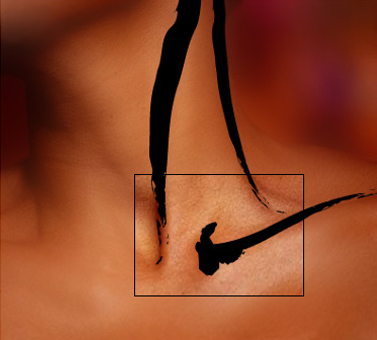
Symptoms
Aching pain, numbness, and tingling - occurring initially in the hand or wrist and then spreading to the forearm, elbow, upper arm, shoulder, and neck, as well as causing headaches radiating from the back of the head - are common when this disturbance is due to repetitive hand or arm activities. These symptoms are frequently accompanied by intermittent burning or knifelike pains that can radiate to the shoulder blade, front of the chest, front of the neck, jaw, and/or ear. The other arm and side of the body can become symmetrically involved in a highly variable fashion depending on a variety of factors. After rest, at least initially, symptoms usually subside to a dull ache, but obviously worsen at the start of any activities that provoke them, such as typing, writing, driving, lifting and/or carrying grocery bags, or forcing jar tops or door handles open. Intermittently, minor swelling and discoloration can be present; if severe, they can indicate a primary blood-vessel problem, which, though very rare, requires rapid intervention. Worsened symptoms can also be caused by activities that seem trivial, such as taking clothes out of the dryer, folding them, stirring a pot, or chopping vegetables. They often appear only after a time lag of hours: one may awaken the next morning not knowing why one’s pain has gotten so much worse. Following traumatic injury, the pain usually begins above the collarbone and/or in the shoulder or neck and proceeds outward to the fingertips, and it has essentially the same qualities, as described above. When one side of the body is experiencing pain, the automatic response is to favor the unaffected side, causing similar pain to appear there over time. Given this plethora of symptoms, it can be difficult to arrive at a diagnosis. Involvement of the head, neck, arms, and front and back of the chest with pain and occasional swelling produces a clinical picture that is often difficult to integrate for the inexperienced physician.
|